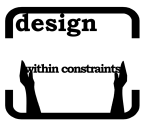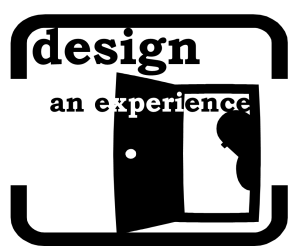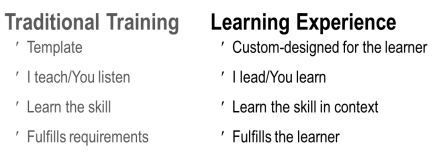Where learning is concerned, you may be hard pressed to find a better context-builder than stories. The power of stories to increase learning retention are outlined by almost every person who writes on the subject of brain science and learning. Below are a sampling of quotes from 5 authorities on learning/motivating for change.
“We like stories. We learn a lot from stories, and we seem to have a particularly good memory for them. A really well-told story can stick with us for years, even if we’ve only heard it once.” (Design For How People Learn, Julie Dirksen)
“Stories have been told for thousands of years in order to transfer cultural lore and values. When a great story is told, we lean forward, and our hearts race as the story unfolds.” (Resonate, Nancy Duarte)
“A story is powerful because it provides the context missing from abstract prose…putting knowledge into a framework that is more lifelike, more true to our day-to-day existence. More like a flight simulator. Being the audience for a story isn’t so passive, after all. inside, we’re getting ready to act.” (Made To Stick, Chip Heath & Dan Heath)
“In context of ethics and values, stories help make abstract issues concrete and accessible, especially when we can sympathize or identify with one of the characters.” (Modeling the Message: Communicating Compliance through Organizational Value and Culture, Scott Killingsworth, Social Science Research Network, Oct 1, 2012)
“The best way to unite an idea with an emotion is by telling a compelling story. In a story, you not only weave a lot of information into the telling but you also arouse your listener’s emotions and energy… If you can harness imagination and the principles of a well-told story, then you get people rising to their feet amid thunderous applause instead of yawning and ignoring you.” (Storytelling That Moves People, Harvard Business Review, June 1, 2003)
I have yet to meet anyone in the training field who has said, “Stories just don’t work for learning.” Though the evidence is abundant both in the context of learning and in everyday life, that stories are incredibly powerful and effective, it is surprising that they are somewhat underused in training. At least in my interactions with other learning professionals, stories seem to be forgotten or inserted as an afterthought or so watered down that they lose their punch. But why not craft a training experience with story as the centerpiece? More on that to come.
What has been your experience with stories in training, both as a trainer and as someone who takes training? Is there a particularly memorable training experience when the story really worked? Are there aspects of story-telling that are problematic for you when it comes to putting it into practice? Please share your thoughts and comments then check out How Stories Connect To Learning.

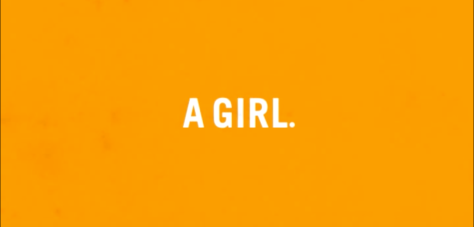


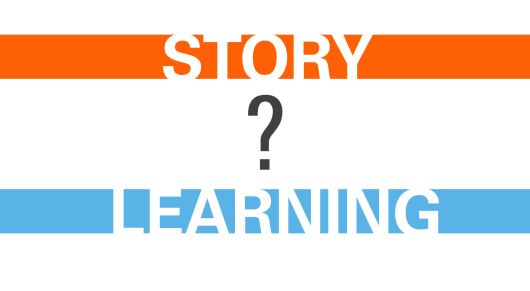 If you read the quotes from
If you read the quotes from 




